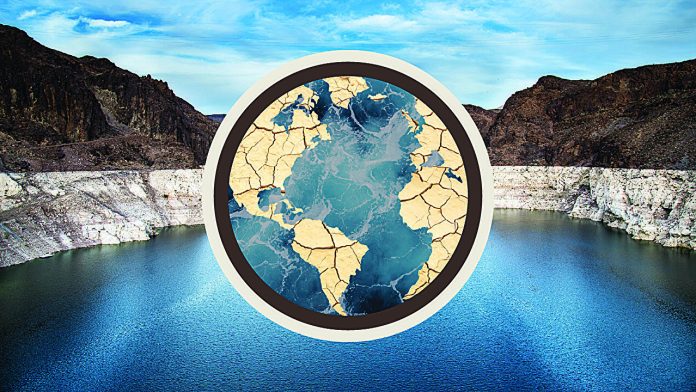
A major new global study reveals that Earth’s freshwater is vanishing at a pace never seen before.
Using more than 22 years of satellite data, scientists found that continents have been steadily losing freshwater since 2002—mainly due to climate change, excessive groundwater pumping, and extreme droughts.
The research, led by Arizona State University and published in Science Advances, paints a worrying picture for the future of water, food security, and sea level rise.
One of the most alarming findings is the emergence of four huge “mega-drying” zones—all in the Northern Hemisphere.
These include areas across the southwestern United States and Mexico, Alaska and northern Canada, northern Russia, and a wide region covering parts of Europe, the Middle East, northern Africa, and Asia.
These regions are drying so rapidly that they’re now losing freshwater faster than glaciers in Greenland and Antarctica—and they’re doing it silently, underground.
The study shows that dry areas on land are spreading at a rate twice the size of California every year. Even more concerning, the areas getting drier now outweigh the regions getting wetter. That’s a major shift from past patterns where wet and dry areas balanced each other out.
Jay Famiglietti, the study’s lead researcher and a professor at ASU, says this is a major wake-up call.
“We’re seeing continental-scale drying, shrinking freshwater supplies, and faster sea level rise. If we keep overusing groundwater the way we are now, billions of people could face serious threats to food and water security,” he warned. “We need immediate global action.”
The researchers used data from the GRACE and GRACE-FO satellite missions, which track changes in Earth’s gravity to measure water storage on land. This includes all the water stored in soil, snow, ice, lakes, rivers, and especially groundwater.
For the first time, they were able to separate the different types of water loss and found that 68% came from groundwater alone—making it the biggest contributor to sea level rise today.
Hrishikesh Chandanpurkar, the study’s lead author, compared groundwater and glaciers to “ancient trust funds” that should be saved for emergencies, like severe droughts.
But instead of conserving them, we’re draining them fast—and not even trying to refill them during wetter years. “We’re heading toward a freshwater bankruptcy,” he said.
The study also found that a major tipping point occurred around 2014–2015, during powerful El Niño years. Since then, the rate of drying has accelerated and even reversed long-standing global water patterns. For example, the drying regions shifted from the Southern Hemisphere to the north, with wet regions now concentrated mainly in the tropics—a trend not predicted by existing climate models.
This large-scale drying has serious consequences for agriculture, wildlife, freshwater ecosystems, and even global stability. The researchers stress the need for stronger data collection, better water management, and international cooperation to slow the damage and protect what water we have left.
“This is a planetary emergency,” said Famiglietti. “While climate change mitigation is challenging, we can take real steps to protect groundwater. That alone could help reduce sea level rise and preserve vital water supplies for the future.”
Their findings will support a major World Bank report exploring the economic and human impacts of freshwater loss and offering practical solutions to the crisis. The message is clear: the time for action is now.



